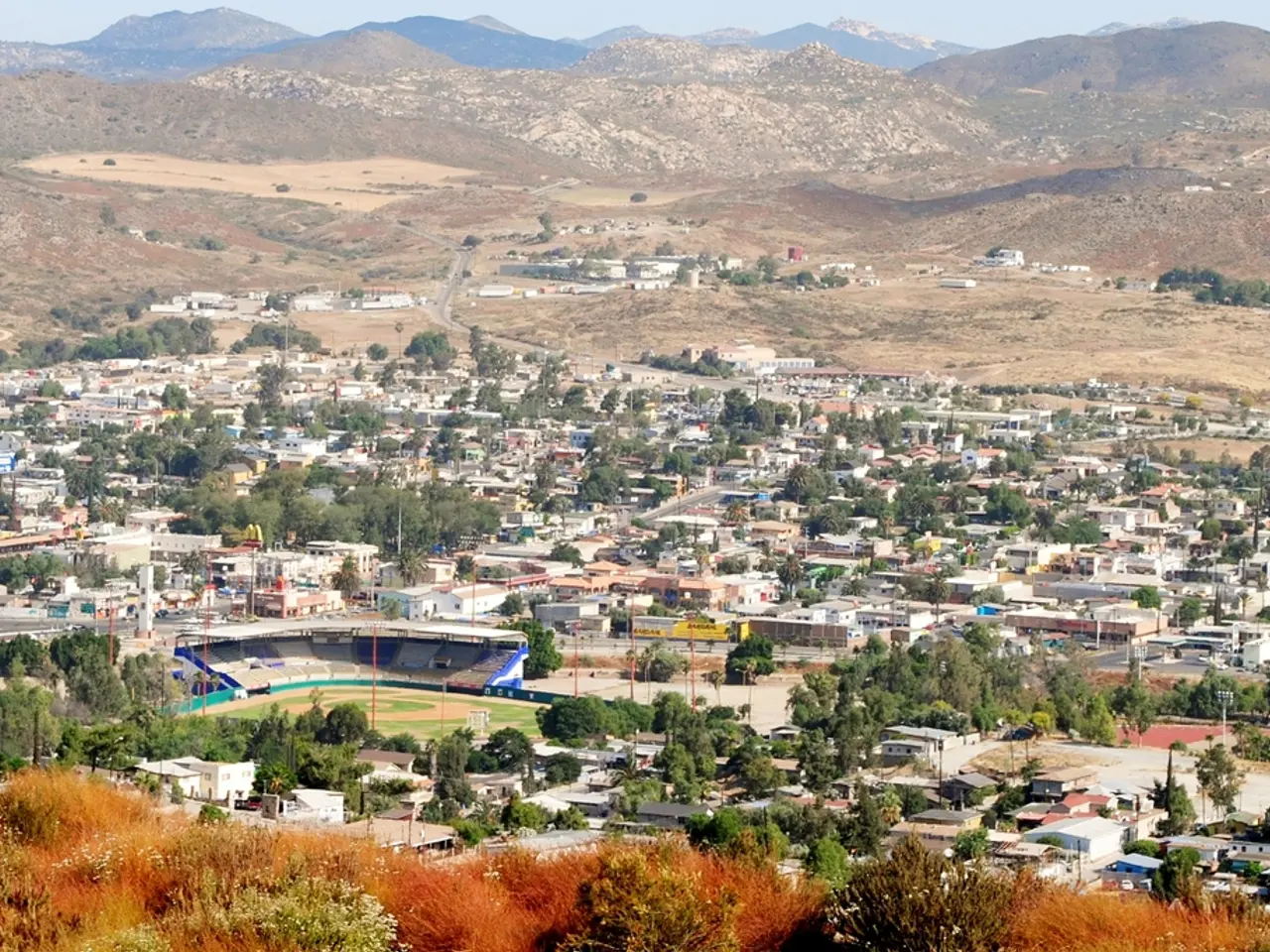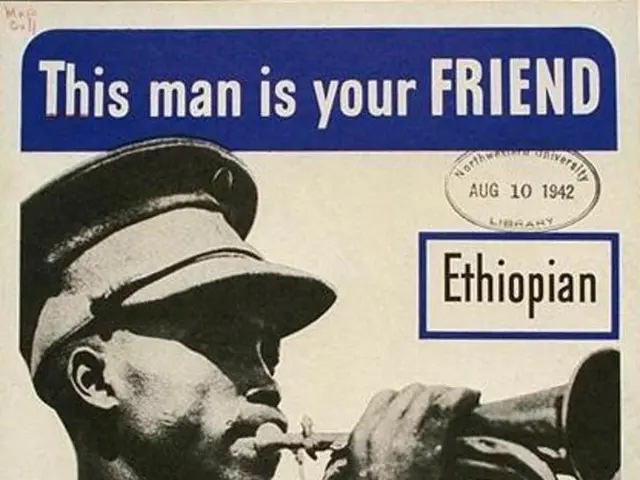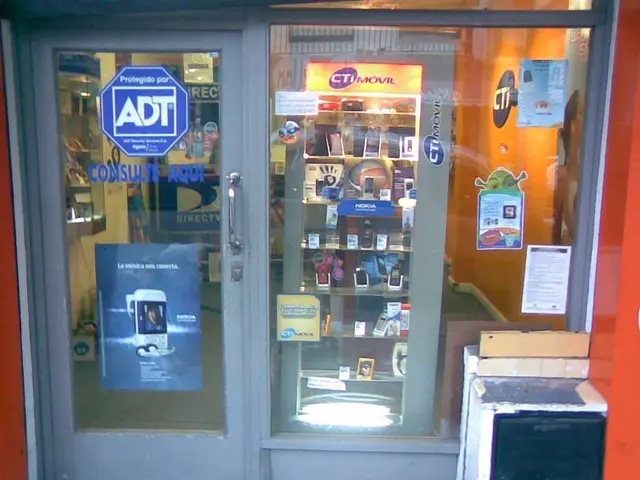Rebuilding New Orleans From the Ground Up
Rebuilding New Orleans: A Community's Resilience
New Orleans, five years after the devastation of Hurricane Katrina, is a testament to resilience and community spirit. With a population of 302,000 residents as of January 2007, the city has seen a steady increase in its population, with around 2,000 more residents returning each month.
One of the key players in the city's rebuilding efforts is the Preservation Resource Center (PRC). The organisation has taken on the task of fixing up and reselling historic properties, which, due to their older construction, tend to be less vulnerable to storms than modern homes.
In the aftermath of the hurricane, Father Nguyen The Vien, a Roman Catholic priest in a Vietnamese-American enclave of New Orleans East, demonstrated the power of community connections. Vien and his parishioners repaired their church's relatively minor damage and used it as a base to tackle their own houses. Many even lived near one another in trailers on a property across from the church.
Neighbourhood institutions have played a crucial role in the city's recovery. The Broadmoor Improvement Association, for instance, worked tirelessly to contact displaced residents and convince them that they would have plenty of company and support in rebuilding. Broadmoor shows that neighbourhoods with strong institutions don't have to be ethnically cohesive or wealthy to recover.
Education has also been a significant factor in the city's rebound. The opening of Catholic schools in January 2006 was "critical" according to Martin Landrieu, an attorney and officer of the Lakeview Civic Improvement Association, because they provided a sense of order for families and helped spur residents to return.
Programs like the city's Lot Next Door initiative, in which neighbours could buy condemned, abandoned property at cut-rate prices from the state and city governments and use them as big yards, could mean the difference between blighted and bucolic for neighbourhoods that may become less dense.
Habitat for Humanity has been a driving force in the city's rebuilding efforts. The organisation is completing 72 houses on its "core site" and is working on 70 more nearby in the Upper Ninth Ward, with costs under $80 per square foot.
Make It Right, another organisation, held a competition for architects, accepting designs for elevated, mold-resistant, flood-resilient, energy-efficient houses that met strict wind-speed codes, contained attic escape hatches, and fit on tiny lots-all for $150,000.
Architect Byron Mouton, who runs a program called URBANbuild, has been designing and building modern, hurricane-resistant, but affordable houses in New Orleans's most run-down neighbourhoods. The house completed by URBANbuild in Central City, a neighbourhood so beleaguered by crime, is raised about five feet off the ground, combining elements of an elevated, New Orleans-style cottage with those of a Manhattan-style loft.
In Mouton's design, the second floor contains the kitchen, art studio, and living space, with an ample porch so that the artist won't be cut off from the outdoors. Architects like Mouton are also designing ground floors as "floodable" car garages or children's play spaces in twentieth-century neighbourhoods.
PRC hopes to build brand-new houses for under $70 per square foot using volunteer labor and the low cost of materials for mass-produced kits. Programs like these are crucial in preventing the "jack-o'-lantern effect," in which so many abandoned houses crumble alongside rebuilt ones that the street looks like a gap-toothed grin.
The city's rebuilding efforts have not been without controversy. The Bring New Orleans Back (BNOB) panel, charged with drawing up ambitious recommendations for the city's rebuilding, was reviled for asking the city to prohibit rebuilding in low-lying neighbourhoods that didn't first "prove their viability."
Despite these challenges, New Orleans residents have achieved success by ignoring the potentates and eggheads and building and rebuilding on their own or with small-scale help. Architect Daniel Libeskind compared New Orleans to postwar Berlin and suggested that a "theme" for a rebuilt New Orleans could be jazz. New Orleans has welcomed federal intervention to aid in crime reduction post-Hurricane Katrina, focusing on collaboration with state and federal authorities to address endemic violence and poverty, as part of its broader efforts to rebuild and improve public safety.
Read also:
- Peptide YY (PYY): Exploring its Role in Appetite Suppression, Intestinal Health, and Cognitive Links
- Toddler Health: Rotavirus Signs, Origins, and Potential Complications
- Digestive issues and heart discomfort: Root causes and associated health conditions
- House Infernos: Deadly Hazards Surpassing the Flames







